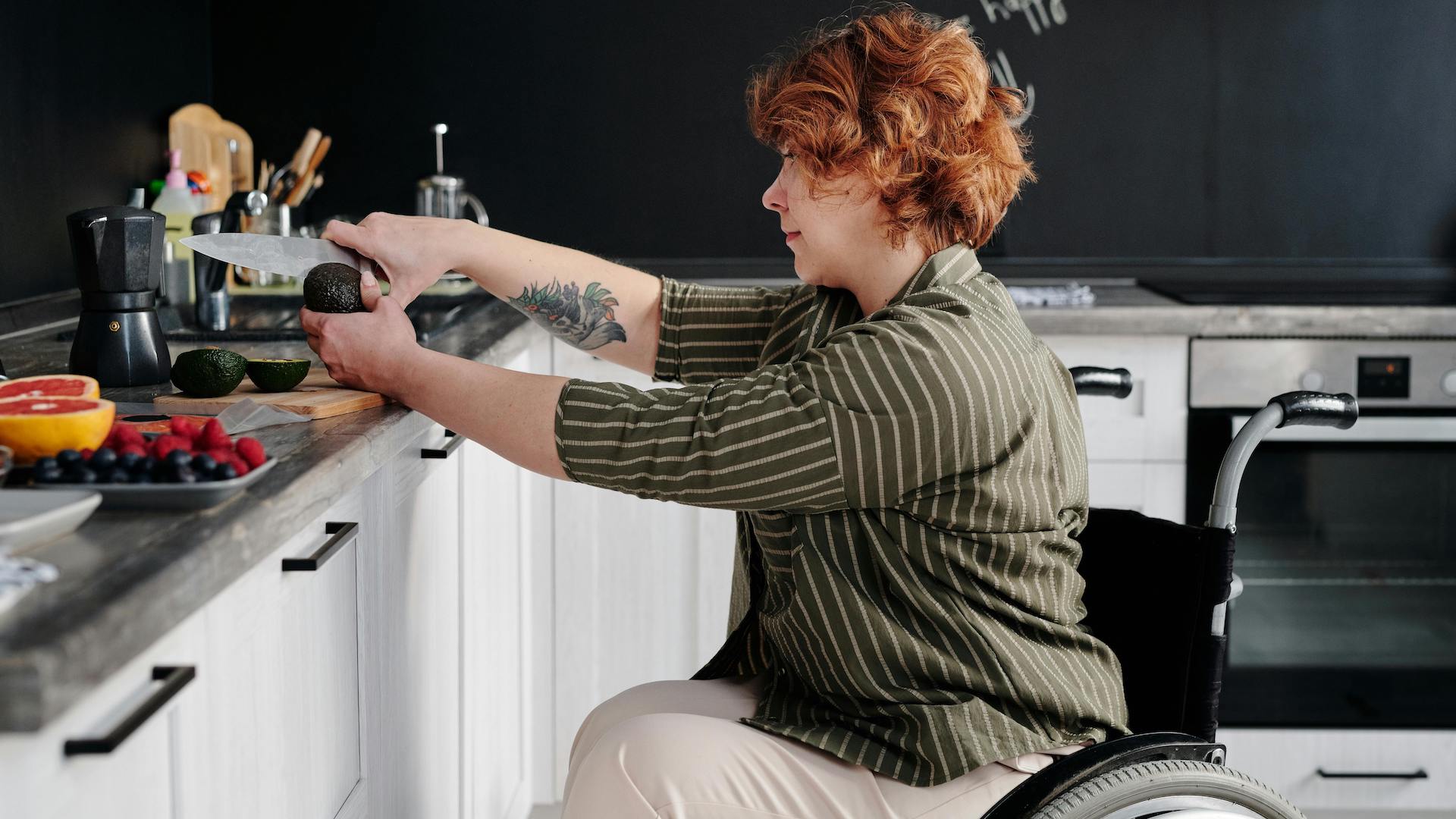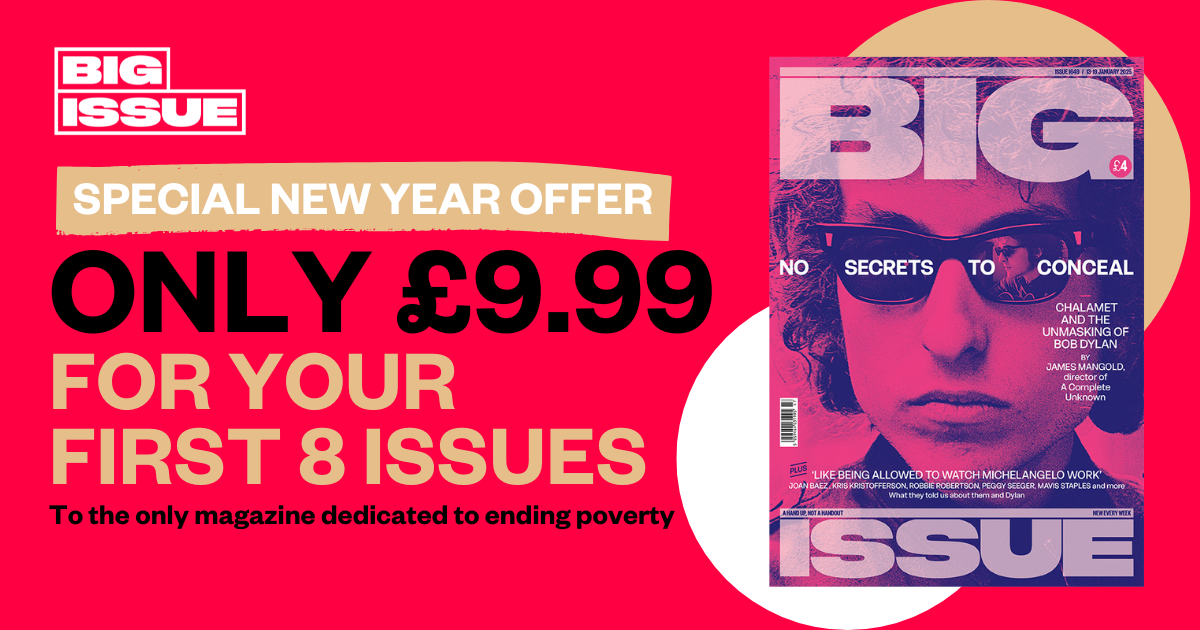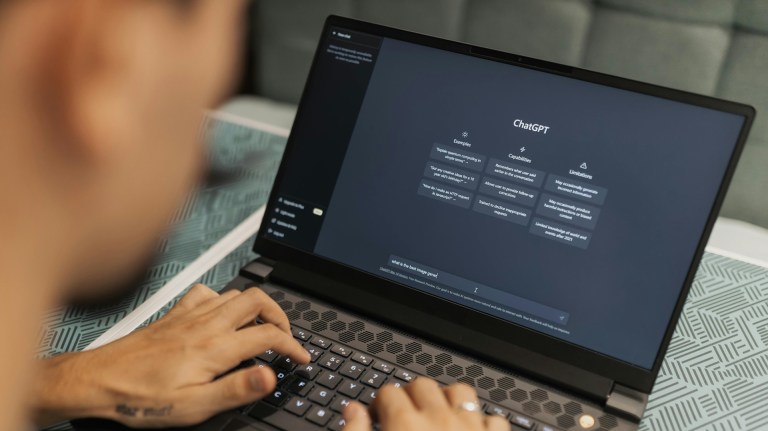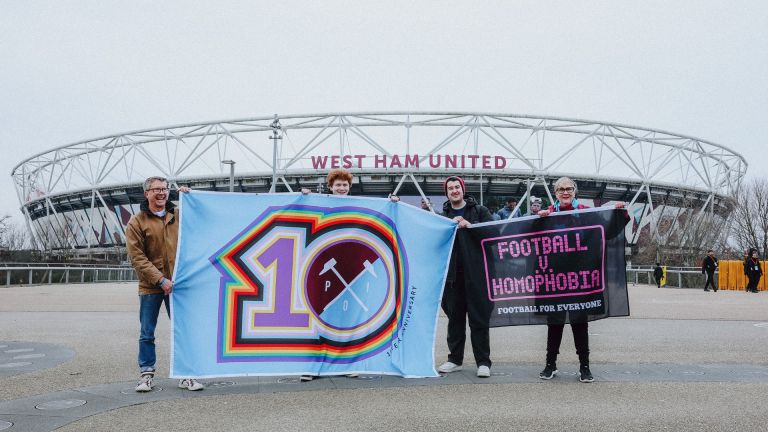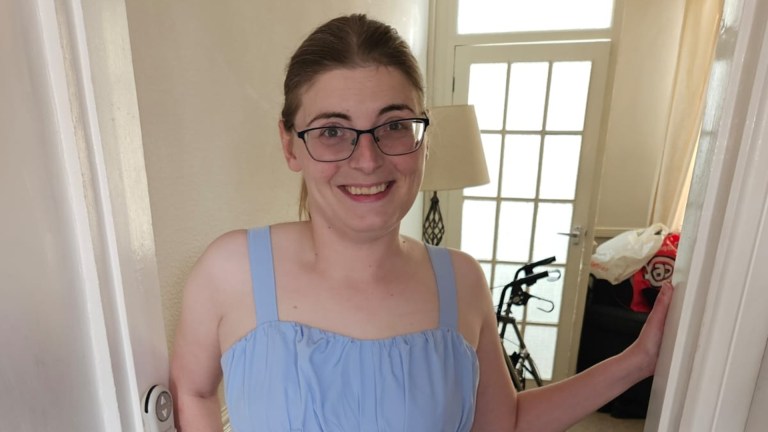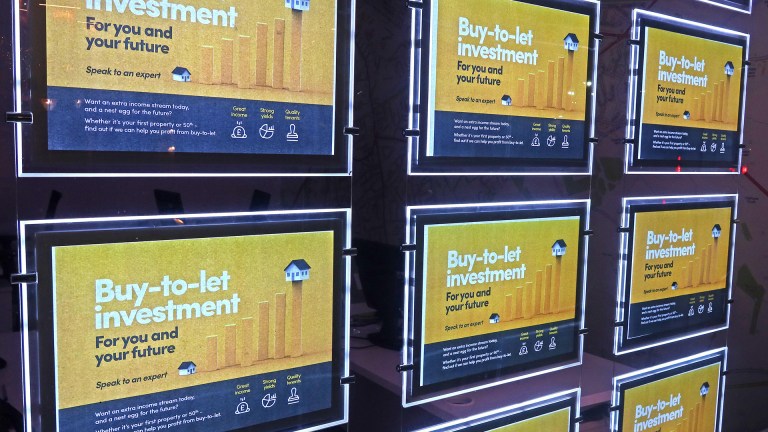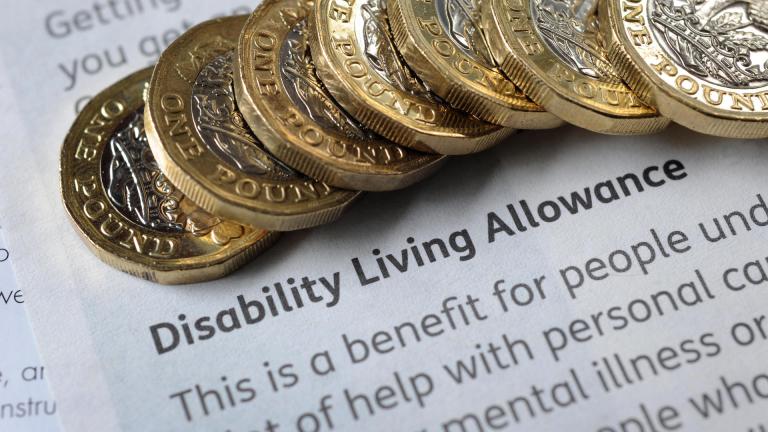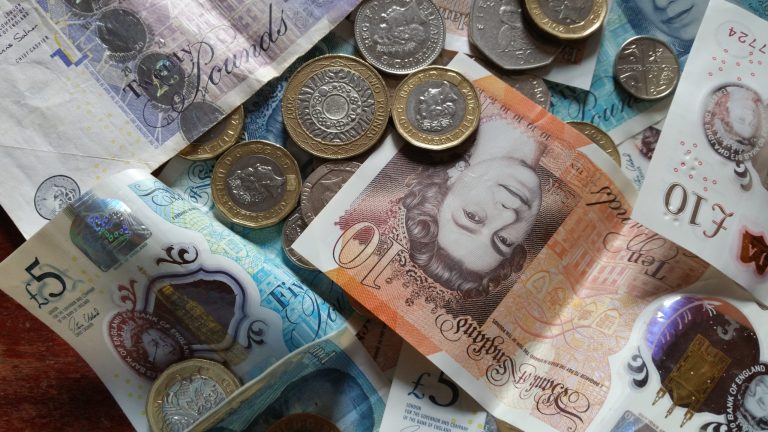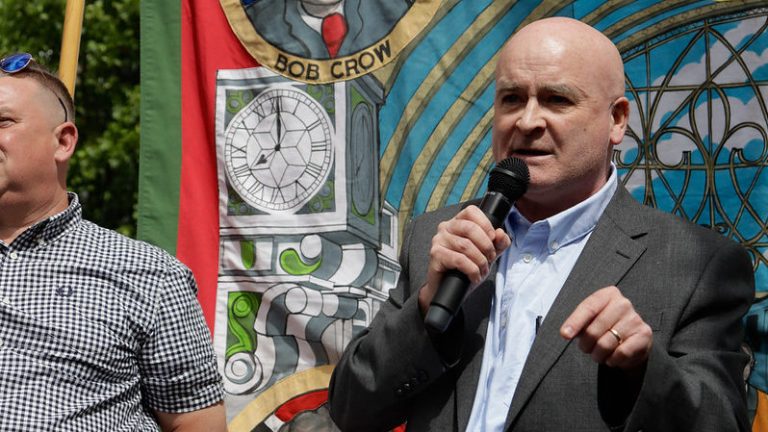It’s really expensive to be a disabled person. Even if you’re not shelling out thousands for a wheelchair (because so many people don’t qualify for a suitable one on the NHS), or paying a premium for specialist foods you’re not allergic to, disability charity Scope has calculated that disabled households need, on average, an extra £1,010 a month to have the same standard of living as non-disabled households. But what’s so expensive about being disabled?
For some people, care charges are eye-wateringly expensive. Some have to have the heating on high because the cold makes their pain worse, or spend a small fortune on electricity to power their equipment. For others, it’s having to live on ready meals because they don’t have the energy or the concentration to prepare food safely. Incontinence pads, specialist computer software and adaptations to help you live at home are all extra expenses that non-disabled people simply don’t have to pay.
I still resent the time I had to pay £75 for a chopping board that I’d otherwise have bought in Poundland, because it had some spikes on it that were supposed to help me use it one-handed. It feels indicative of how often aids and adaptations are priced ridiculously high.
Many disabled people call it the disability tax. After all, if somebody has no other choices, they’ll have to buy it or go without.
So, here’s a typical week in my life detailing the extra costs I have to pay because I’m disabled.
- How to navigate DWP disability benefit applications and PIP assessments
- Disabled people are again missing out on extra cost of living support – it’s cruel and embarrassing
- Disability benefits such as PIP are actually good for the economy, economists say
Monday
I meet a friend for lunch in a part of Sheffield city centre with no Blue Badge parking. Normally I avoid places where I can’t park, but that severely limits where I can go so sometimes I make an exception. As public transport is inaccessible to me, what would have been a 10-minute drive cost me £19 in taxis.
